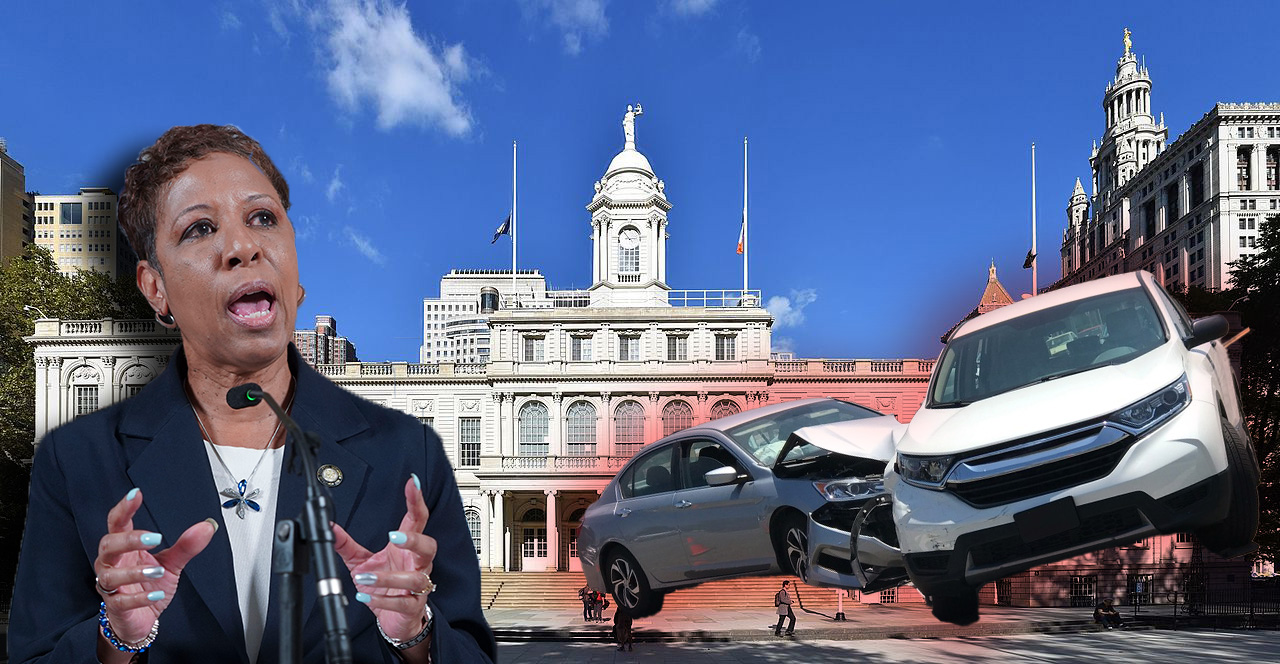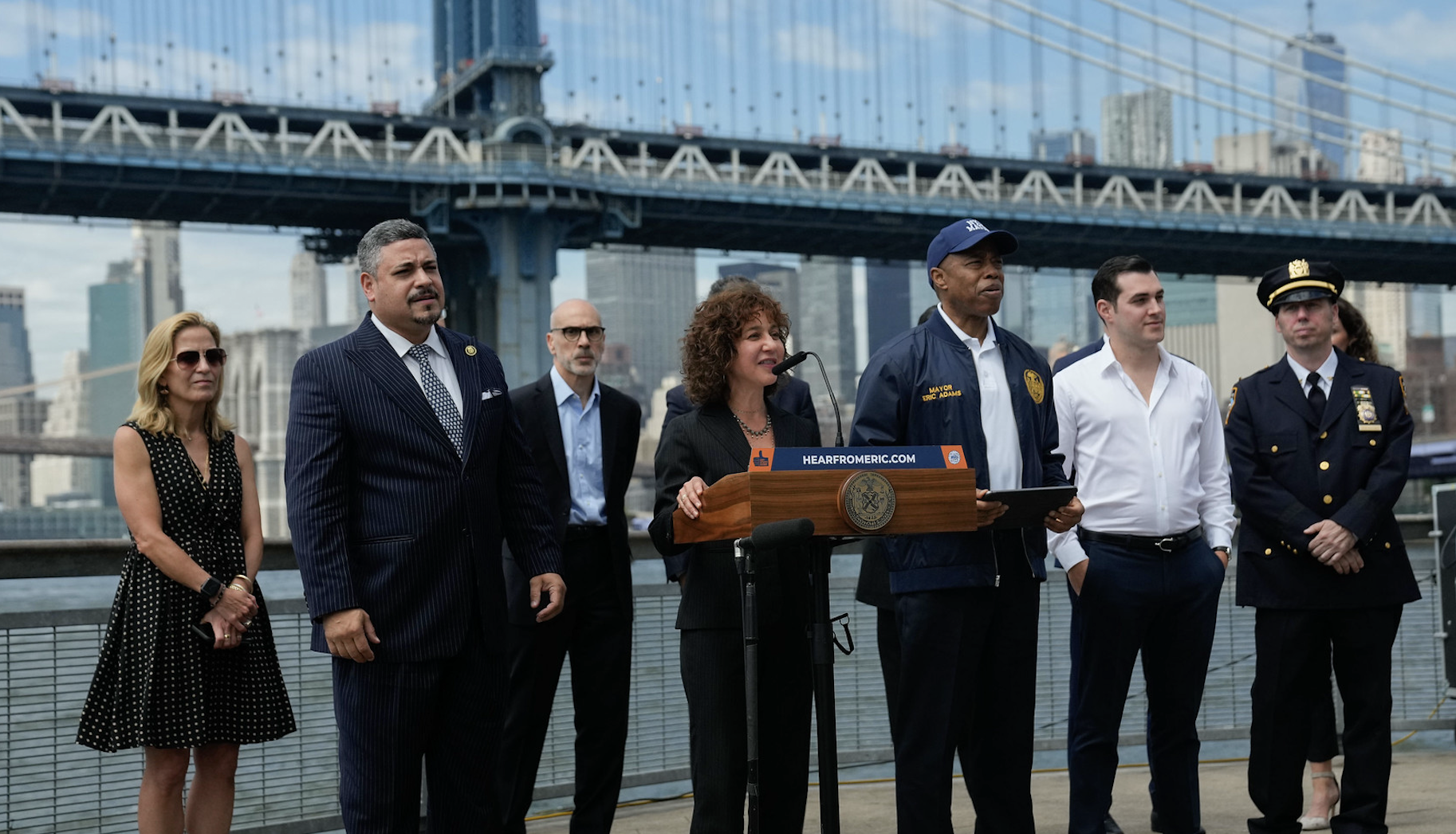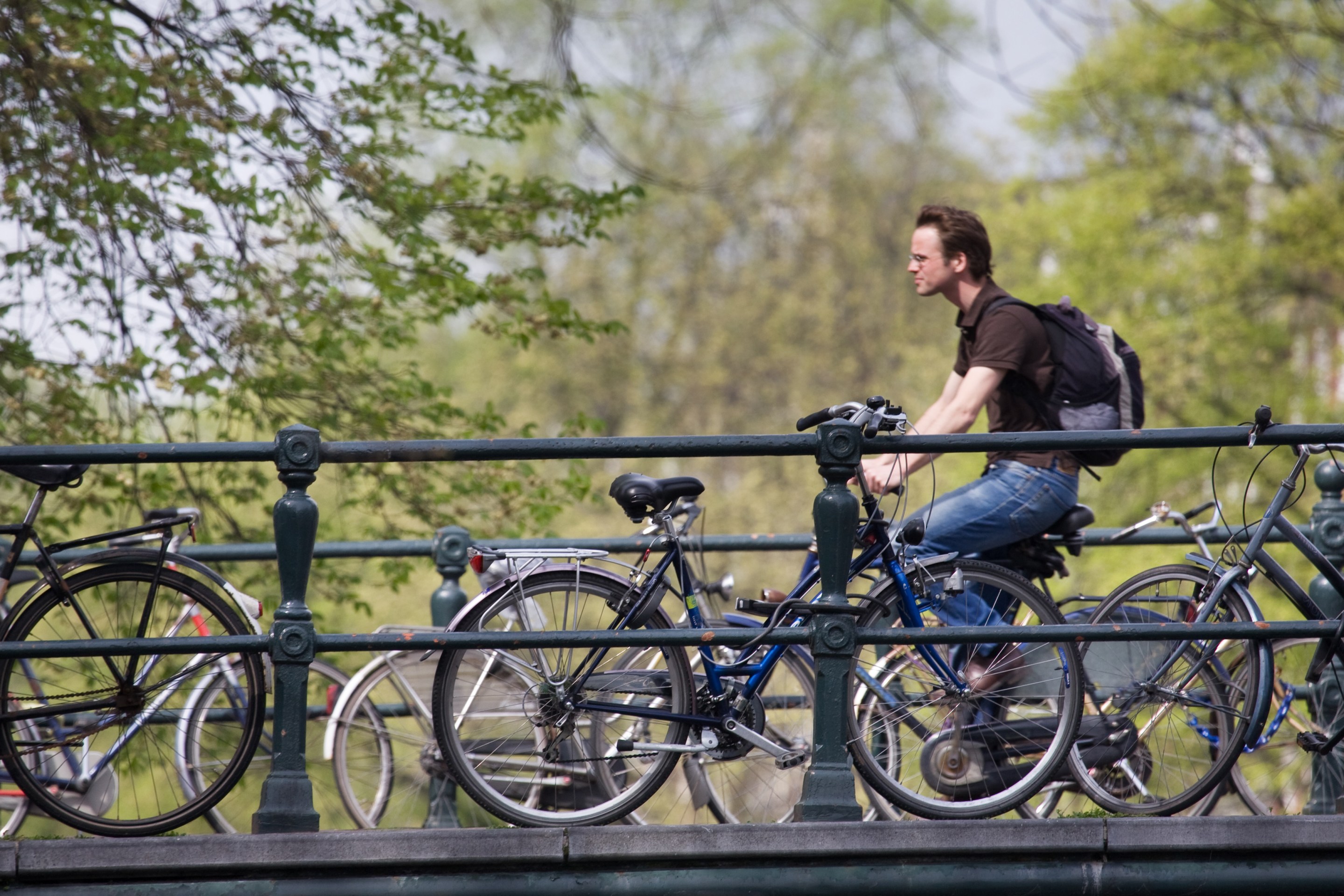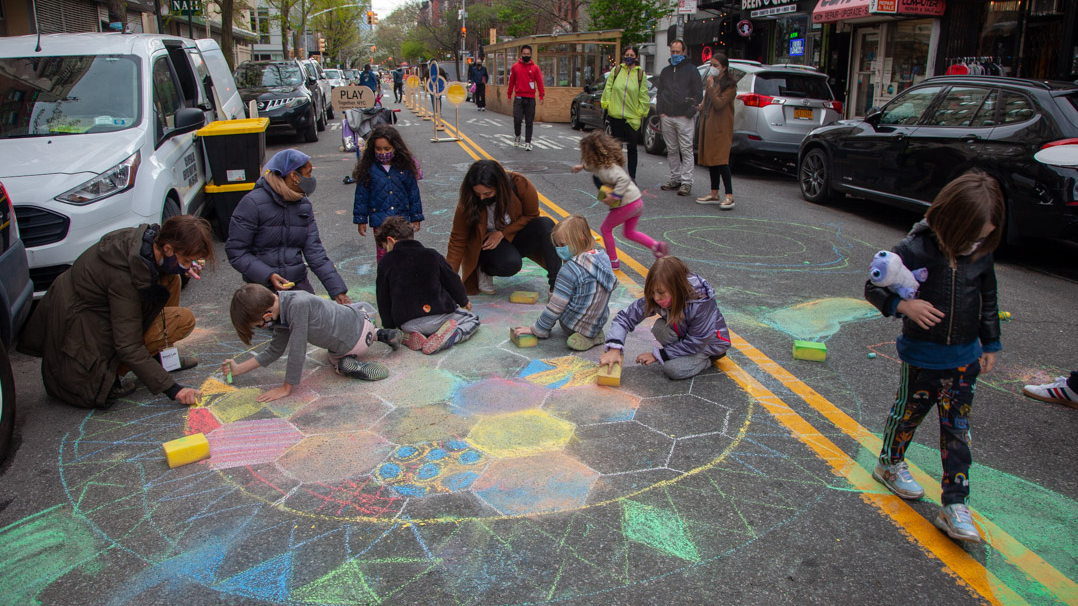Under new regulations passed by Albany last month, curbside bus companies must now go before community boards before receiving a permit from DOT. Greyhound and Peter Pan, jointly launching service to Philadelphia from Chinatown, are among the first to navigate the new process. The bus companies are facing stiff opposition from neighbors before a community board committee vote next week.
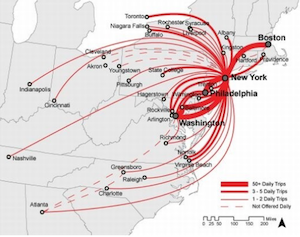
The expansion of intercity transit wouldn't come down to community-level fights if capacity limitations at the city's transportation hubs were addressed. In the meantime, buses will continue to be kicked to the curbs.
Growing demand for commuter and intercity transit has pushed NYC’s existing terminals and tunnels to their limits. The problem is especially problematic for travelers who cross the Hudson River.
Penn Station is connected to the rest of the country by just two tracks, and in the wake of Chris Christie's cancellation of the ARC tunnel, any expansion will be a very long time coming.
The Port Authority Bus Terminal, where commuter buses have shouldered the demand that the rail system cannot, is operating beyond its capacity, with riders facing mounting delays that show no sign of dissipating.
Now that the Port Authority has filled up, New Jersey Transit is considering using Midtown streets as loading zones for its commuter buses. Chinatown-based intercity bus operators have long offered curbside service; competitors owned by major carriers have joined them in recent years.
A new state law allows the city to regulate curbside pickups, giving the practice some added legitimacy. Instead of expanding capacity at existing hubs, New York has converted its streets into its latest bus terminal.
The newest gate may arrive on Essex Street near Canal Street, next to Seward Park. Moving in after competitors were shut down by U.S. DOT, Greyhound and Peter Pan are proposing 14 arrivals and 14 departures daily. Before beginning service, the bus companies must go before Community Board 3's Transportation Committee, which is navigating the permit process for the first time and is expected to take up a resolution next Tuesday. The vote is advisory, not binding.
The carriers are requesting a six-month permit, instead of the longer three-year option, so that immediate concerns can be addressed when it comes up for renewal. The bus companies are facing opposition from residents who don't want a curbside pick-up zone next to their neighborhood park. CB 3 District Manager Susan Stetzer said it's not yet clear if the community board can attach conditions to its vote on the permit, such as provisions for trash collection or waiting areas, but that she would look to DOT for guidance.
Meanwhile, other cities are moving to shift curbside pickups to terminals. Boston, for example, banned curbside pickup and required intercity bus operators to use available capacity at South Station’s bus terminal. Philadelphia constructed a new pick-up/drop-off terminal and waiting area for buses. Washington, D.C., is consolidating its intercity bus service at Union Station after passing curbside bus regulations as an immediate first step.
In its 2009 Chinatown Bus Study, NYC DOT cited D.C.’s curbside regulations as a model for the legislation that was passed in Albany this year. However, the report acknowledged the limits of curbside regulations. "Curb space is extremely limited," it said, "and there are not enough spaces for each company to obtain a permit."
While DOT cited a permanent bus terminal in the Chinatown area as a long-term goal, the report threw cold water on the idea of expanding terminal capacity -- in Chinatown or elsewhere -- saying, "At present it is not possible for NYC to construct new facilities."
The report also provided a history of the Port Authority and George Washington Bridge bus terminals, which were built to consolidate the proliferation of private terminals and curbside pick-ups that were "blocking traffic and contributing to the general congestion." The new terminals were a solution.
Today, there are a number of low-cost improvements that could help meet the demand for commuter and intercity transit, such as expanding the bus lanes across the Hudson River. But ultimately, more capacity is needed for both rail and buses. While the ARC Tunnel has been revived as the Gateway Project, relief is years away. New development on the West Side has provided funding for the 7 train extension, but nothing for the Port Authority or Penn Station.
Until New York deals with its maxed-out rail and bus terminals, the number of bus operators making their case to community boards as they seek curbside permits will continue to grow.
